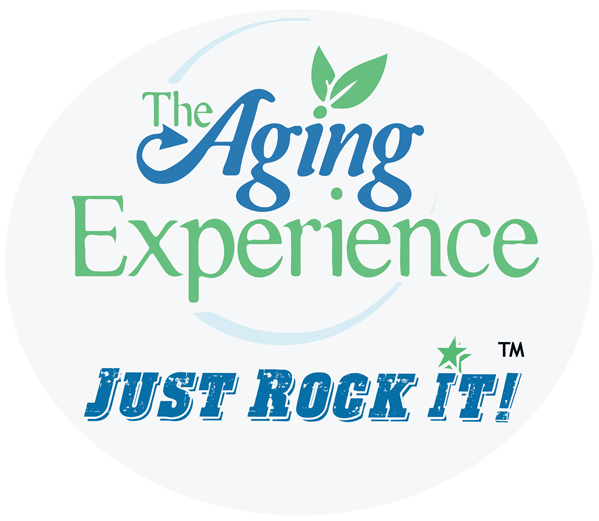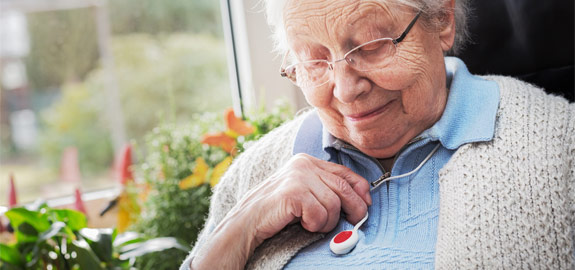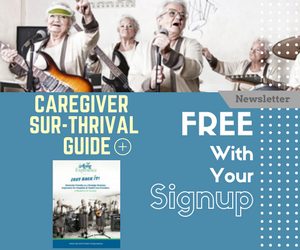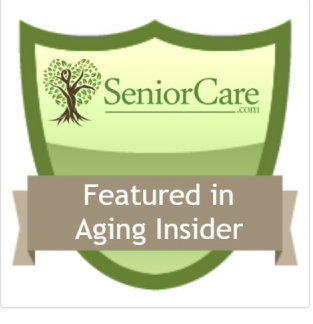Exercise and Thinking Skills – How Much is Enough?
How Much Exercise Is Needed to Help Improve Thinking Skills?
We know that exercise may help improve thinking skills. But how much exercise? And for how long? To find the answers, researchers reviewed all of the studies where older adults were asked to exercise for at least four weeks and their tests of thinking and memory skills were compared to those of people who did not start a new exercise routine. The review is published in the online issue of Neurology® Clinical Practice. They found that people who exercised an average of at least 52 hours over about six months for about an hour each session may improve their thinking skills.
In contrast, people who exercised for an average of 34 hours over the same time period did not show any improvement in their thinking skills.
Is Cost Preventing You from Getting a Medical Alert System? Here’s Help!
Coverage for a Medical Alert System
Caring for the elderly requires research and knowledge to provide the best assistance possible. As much as we do to prevent injuries or falls, they can happen. That’s why it’s best to be prepared – and to know what care options are available.
There are many resources available to family caregivers and their loved ones. One option many find valuable are a medical alert system, because of their ability to keep seniors safe and independent. With just a push of a button or a triggered fall these devices ensure that the user is protected in case of an emergency.
With this device, on call emergency response and constant health monitoring come at a cost. So, when you are shopping around for the right medical alert system – keep in mind budget. One thing to consider as well is whether your health insurance plan covers alert systems. Unfortunately, most insurers do not find them to be “rehabilitative or habilitative service”, meaning they are commonly not covered.
Medicare and Medicaid on the other hand are more open to covering the costs of medical alert systems. You will find some Medicare Advantage plans as well as select categories of Medicaid programs will consider it.
Your best bet if you want insurance to cover a medical alert system is to have a long-term care policy.
One major benefit of long-term care insurance is that it helps seniors “age in place.” In other words, helping the elderly stay in their homes as long as possible – often covering the cost of “durable medical equipment.” That includes emergency response systems!
There are so many benefits to using these devices. Primarily targeted for seniors, this technology has been found to assist those who are prone to falling and at risk of a heart attack or stroke. It is also great for the peace of mind especially for families of seniors who prefer to live independently, knowing that they will receive the help they need in any situation.
Although the cost varies, and coverage is hard to narrow down, many still prefer this method to help regain their independence. Be sure to do your research when looking around to find the best device and coverage for your loved ones.
Roommate Matching Service – Smilecast 150
Part of aging-in-place requires thinking about new housing arrangements. SilverNest is a unique roommate matching service that finds the best match for your needs. Considering home sharing? Consider this session.
Read more about our expert – Wendi Burkhardt
As CEO and Co-Founder of Silvernest, Wendi is responsible for driving the company’s overall direction and strategic growth, as well as overseeing day-to-day operations.She boasts more than 25 years of technology experience working with venture startups, emerging technology companies, rapid-growth tech firms and Fortune 500 corporations.
Podcast: Play in new window | Download
Subscribe: Apple Podcasts | RSS
Senior Divorce – Segment from Charlotte Today Program
Senior Divorce – Now What?
Among U.S. adults ages 50 and older, the senior divorce rate has roughly doubled since the 1990s, according to a Pew Research Centerreport. What has been called “gray” divorce is often attributed to the fact that people are living longer. But there are other factors at work driving this.
The blessing and curse of a longer life has people re-evaluating. The idea of staying in an unhappy situation for the sake of whomever and whatever is no longer appealing when faced with possibly 30 more years of life. People want to live that life.
There is a reduced stigma in society toward divorce and baby boomers are no stranger to it. And remarriages tend to not last as long. Among all adults 50 and older who divorced in 2015, 48% had been in their second or higher marriage. In some cases, not all, both husband and wife are financially stable independently to move on.
Podcast: Play in new window | Download
Subscribe: Apple Podcasts | RSS
The Purposeful Care Partner – Carol Bradley Bursack – Smilecast 149
A purposeful care partner is someone who determines the emotional state of the person who is being cared for and addressing their needs. To do that requires developing a certain mindset. And you have to do that while balancing your own needs. Not an easy thing to do but something you will learn how to do in this session.
Read more about our expert – Carol Bradley Bursack
Carol Bradley Bursack is a veteran family caregiver who spent more than two decades caring for a total of seven elders. She is a long-time newspaper columnist and the author of Minding Our Elders: Caregivers Share Their Personal Stories.
Podcast: Play in new window | Download
Subscribe: Apple Podcasts | RSS










